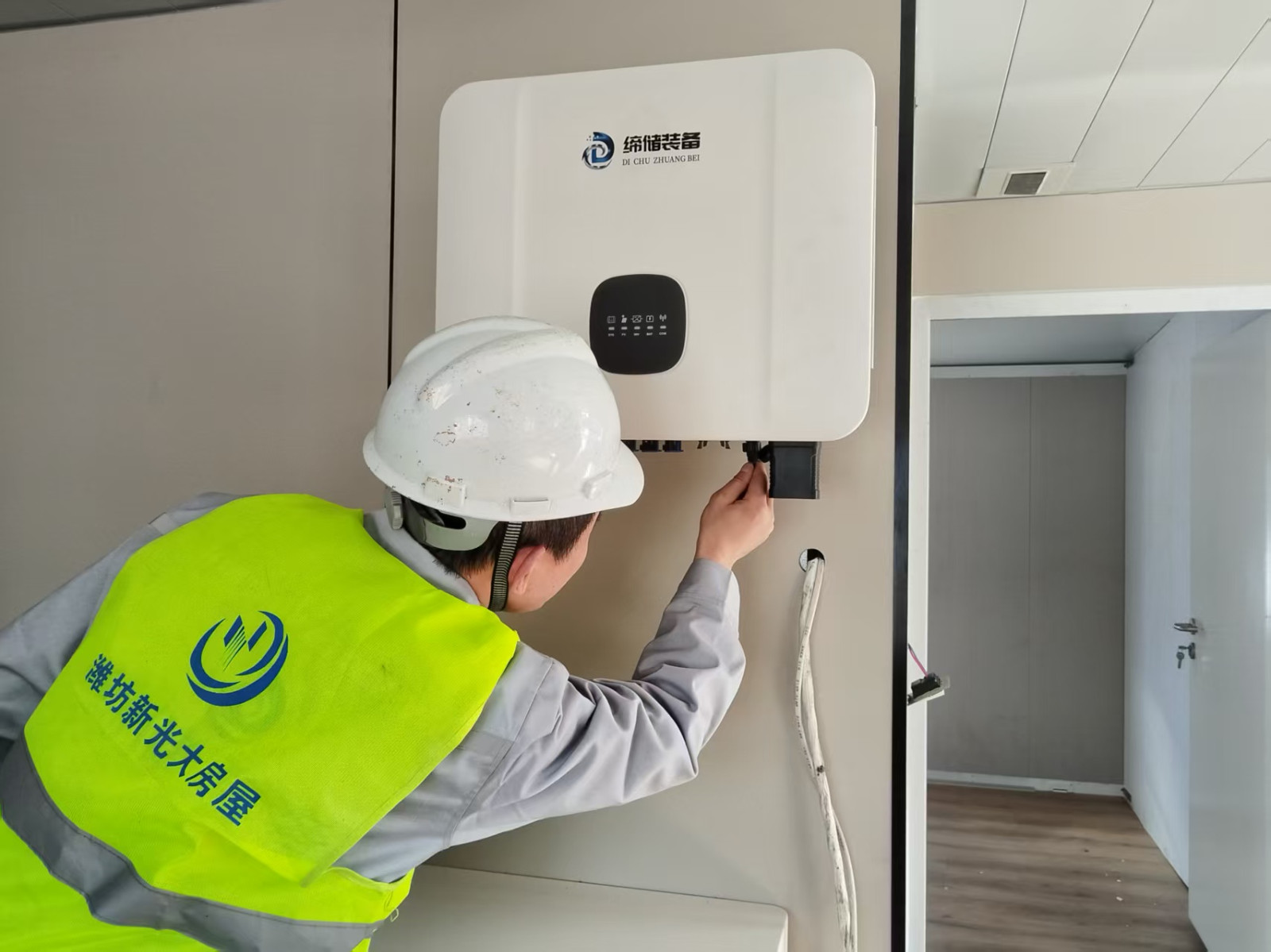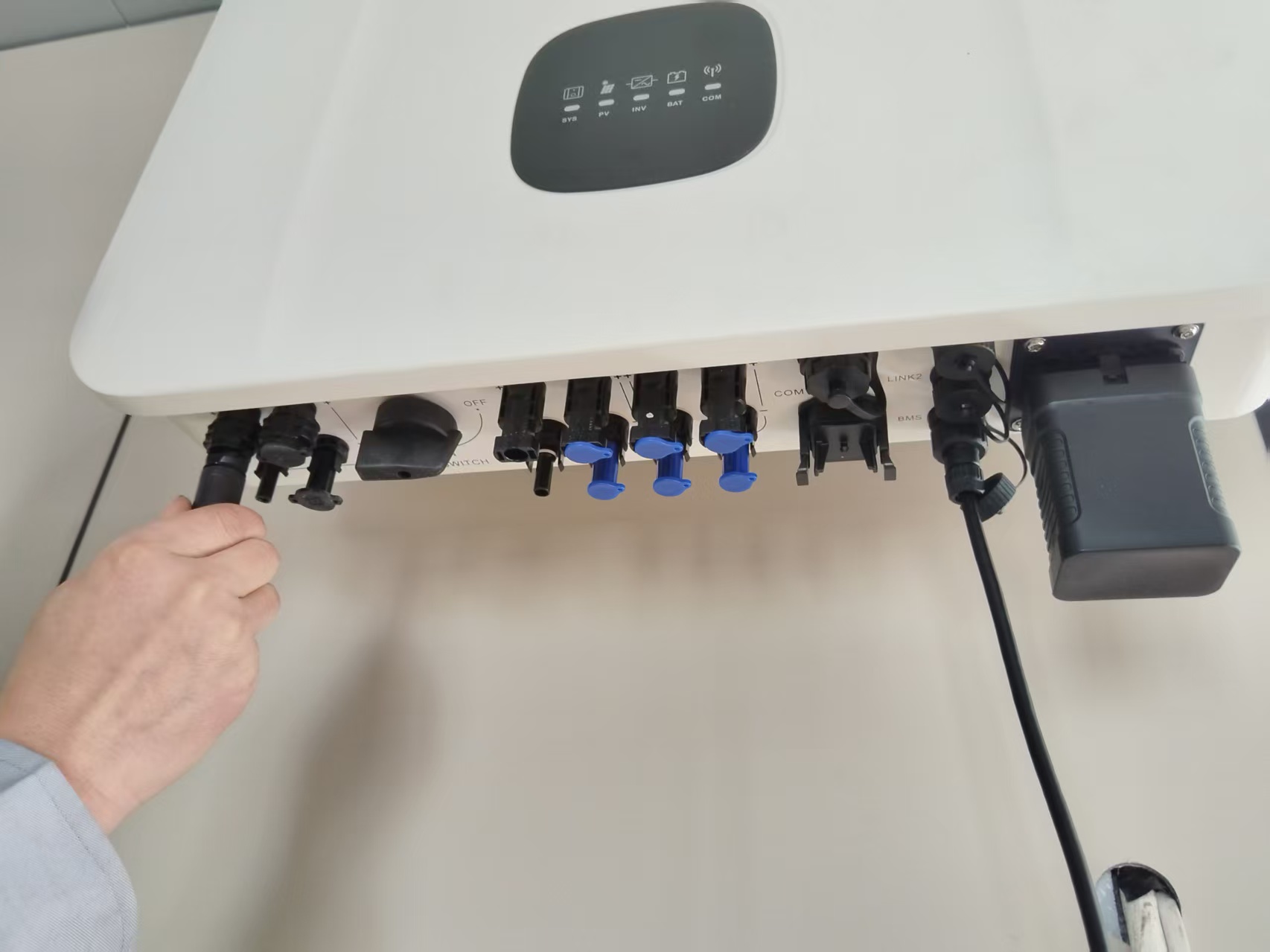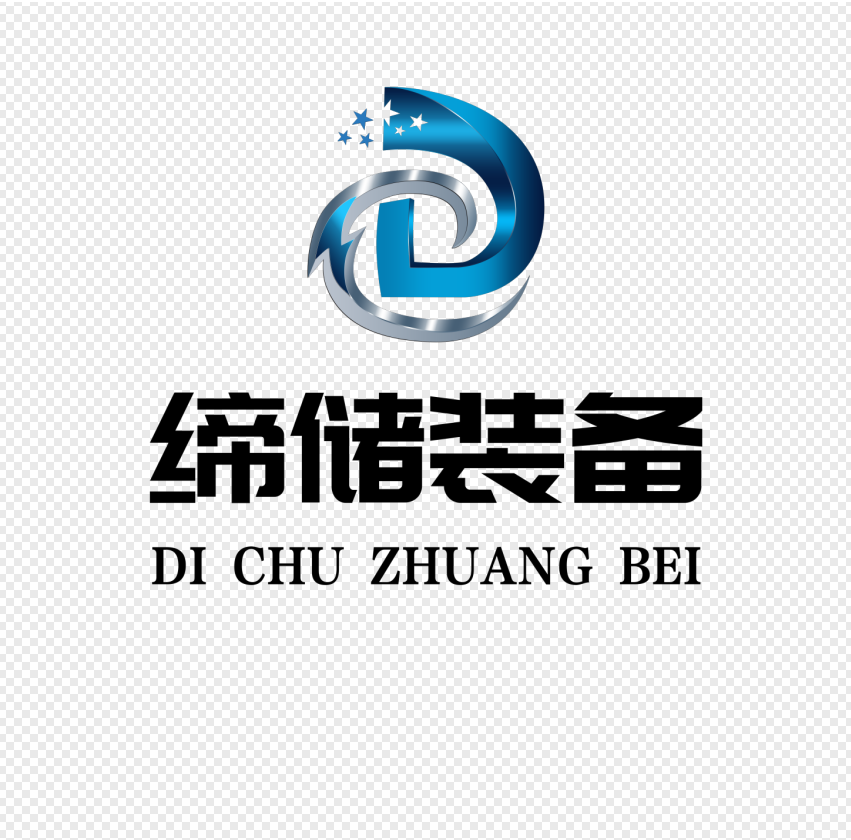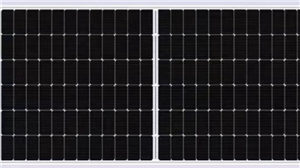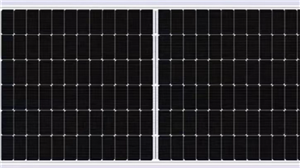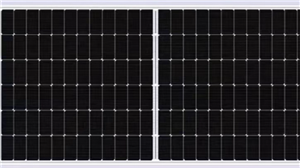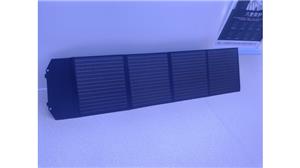inverter
In terms of core functions, inverters can not only achieve basic "DC to AC" conversion, but also have various guarantee and optimization functions. Firstly, it has the function of stabilizing voltage and frequency, which can monitor the voltage and frequency of the output AC power in real time. When there are fluctuations in the power grid or input power supply, the internal control system adjusts the working state of the power devices to ensure that the output parameters are stable within the standard range, avoiding damage to electrical equipment due to abnormal voltage/frequency; Secondly, overload and protection functions. When the load power exceeds the rated power of the inverter, or when faults such as short circuit, overvoltage, and overheating occur, the equipment will quickly trigger the protection mechanism, automatically cut off the circuit or reduce the output power, ensuring the safety of the inverter itself and the backend load; Thirdly, some high-end inverters also have grid connection functions (such as photovoltaic inverters), which can convert the electricity generated by new energy generation systems into AC electricity that meets grid standards and integrate it into the public grid, achieving bidirectional flow and efficient utilization of electricity.
From the perspective of application scenarios, inverters are ubiquitous in multiple fields. In the field of new energy, photovoltaic inverters are the core components of photovoltaic power generation systems, which can convert the direct current generated by solar panels into alternating current for household use or grid connected sales; Wind power inverters can handle the unstable electrical energy output by wind turbines to meet grid connection or energy storage needs. In the field of emergency and backup power supply, inverters are often used in conjunction with battery packs to form emergency power systems. When the power grid is cut off, the DC power in the battery can be converted into AC power to supply power to key loads such as home lighting, medical equipment, and communication base stations. In the fields of industry and transportation, inverters are widely used in scenarios such as motor speed regulation, electric vehicle charging stations, and rail transit power supply systems. By accurately controlling the conversion of electrical energy, they improve the efficiency and stability of equipment operation. In addition, in outdoor camping, RV travel and other scenarios, small inverters have become essential equipment, which can convert the DC power of car batteries or solar power banks into AC power to supply power to laptops, projectors, small appliances and other devices, meeting outdoor electricity needs.
